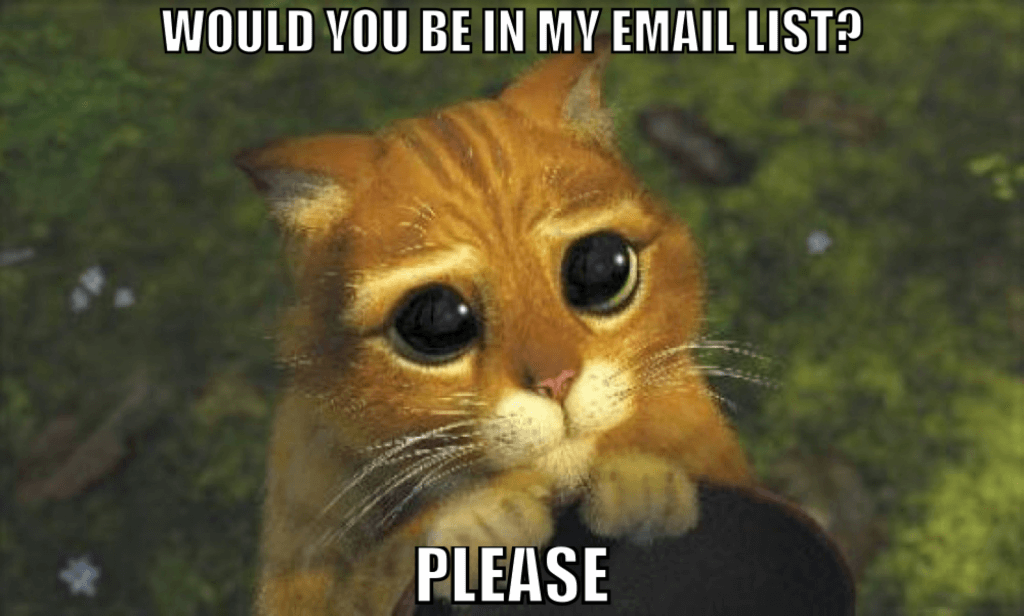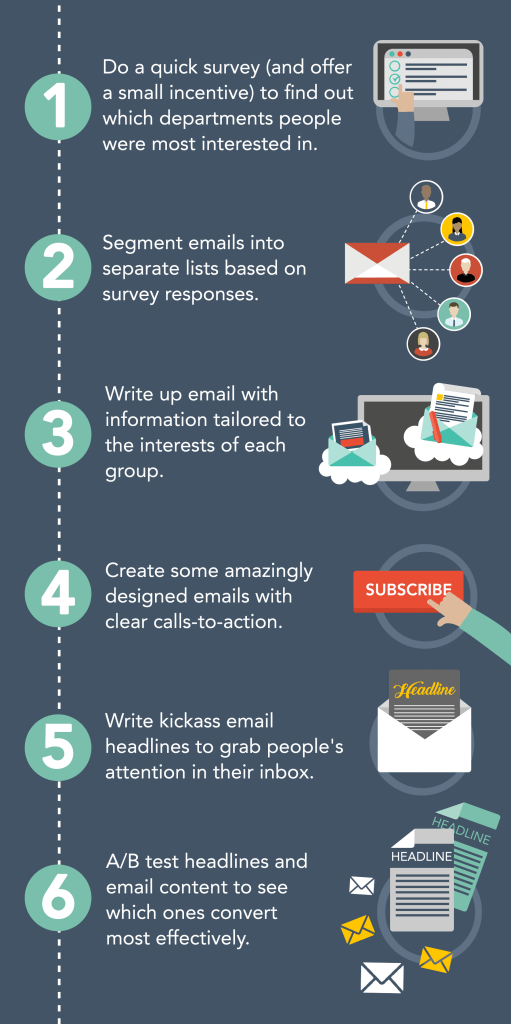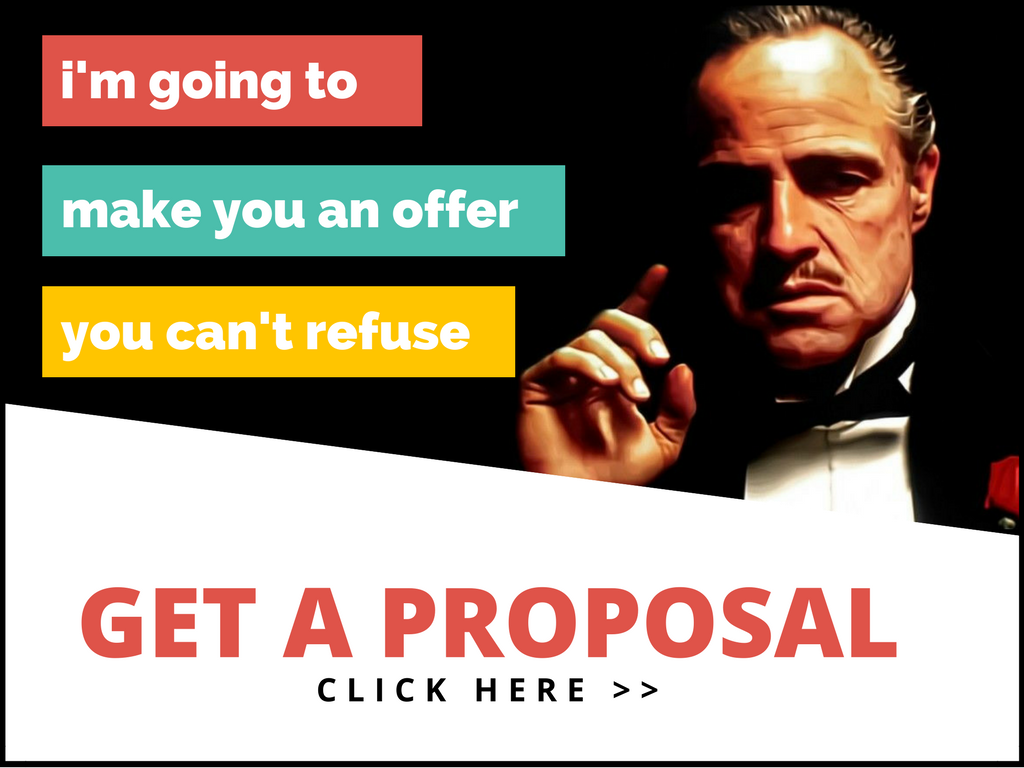How Local Businesses Can Sell Using Email

Email marketing is the most underused selling tool for local-service and brick-and-mortar businesses.
In this article, I’m going to explain how local businesses can increase customer engagement and sales using email marketing.
It all starts with tapping into the customers you already have.
Leveraging Your Existing Customers
If you’ve served 1,000 clients over the course of being in business, then your email list should already be at least 1,000 names long — if not longer.
If your email list shorter than the number of clients you’ve served, you’re not alone. Most small businesses make the mistake of not collecting information from clients they’ve served.
Why is it so important to collect emails?
Because — at the risk of stating the obvious — there’s no better list of pre-qualified leads than the list of leads who’ve already purchased your services.
Your existing clients are familiar with your business and product — and what’s more, they’ve already shown they’re willing to purchase from you.
If you haven’t already started turning your customers into subscribers for your email list — start right now! Ask every new customer to include their email address when they fill out a work-order or information form — and ask them to check a box to opt in to helpful emails from you.
Remember, you have to receive permission before adding subscribers to your email list. You’ll have a much easier time getting that permission if you have an attractive reason for people to subscribe.

Pleeeeease?
Depending on the service you offer, your customers may need to buy from you once every few months, or maybe every few years.
The question is, are they calling you when they need help — or one of your competitors?
If you’re not proactively contacting past clients and reminding them of their experience with your company, you’re leaving money on the table.
Segment Your Lists
You need to have a deep understanding of your audience segments, because the more relevant and personalized your emails are, the higher your engagement and response rate will be.
Splitting your contacts into sub-lists based location, gender, past purchases, or actions taken on your website (e.g. looked at, or signed up on, a product landing page) will help you increase the value and response rate of your emails.
Email-Segmentation Case Study
We worked with a sports store that collected emails from every customer that shopped with them (great!)
But their email marketing campaigns had an open rate of less than 2% (not excellent)
We found out that they were sending emails from every department to their ENTIRE email list. You can’t send promotions for men’s hockey equipment to women interested in yoga and expect much of a return!
Then we segmented, and the results were immediate. Here are the exact steps we took to set up their email campaign:

Use these steps as a guide when creating your own email campaign.
The results were far beyond what we expected. The company’s email open rate went from a measly 2% to a whopping 20%! Not too shabby if I say so myself.
Today, this company still uses email as their top marketing tool, and makes sure to collect customer preferences the moment they ask for an email address.
If you haven’t already segmented your email lists, try sending a small, simple survey (like we did) to your entire list, and use the responses to determine your segments.
It takes a good amount of effort up-front, but you’ll save huge amounts of time and money in the long run by targeting your emails around the specific interests of your leads, instead of sending a hodgepodge of content they don’t care about.
Automate
Creating automated email sequences is a great way to increase customer engagement and the value of your email list.
Some companies can almost completely automate their email marketing efforts, while others may require a bit more of a hands-on approach.
Regardless of the type of business you have, there will be opportunities to apply an email automation strategy that will bring value to both your customers and your business.
For instance, you might set up a series of autoresponder emails to be sent to new subscribers as soon as they join your list. This series of emails might introduce your company or product, and begin the process of actively arguing in favour of your product.
Or let’s say you owned an ice cream parlour. You could segment your list based on birth dates, and send pre-created autoresponders to your customers in the weeks leading up to their birthday, convincing them to stop by your ice cream parlour to celebrate or take advantage of a group discount.
Always consider how relevant and valuable your message is, before sending it to your audience.
Sending an in-depth 50-page eBook that isn’t relevant to the needs and interests of your audience is completely worthless.

No one can deny it.
Need help getting started?
